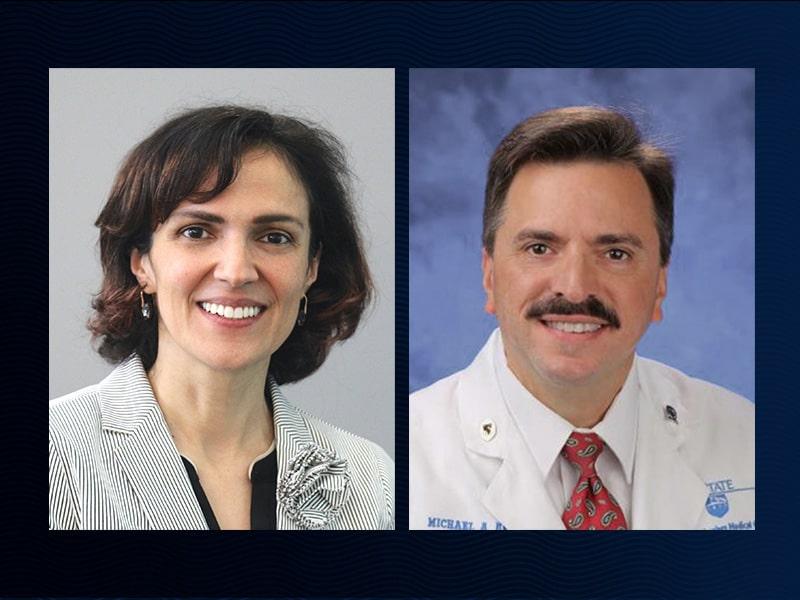Penn State researchers reflect on pandemic-resilient health care facility design

When the coronavirus pandemic hit the United States, health care institutions and higher education were faced with many challenges never before seen in this country. These challenges led two Penn State professors — one at Penn State Berks and the other at Penn State College of Medicine — to collaborate on ideas for how health care facilities could be redesigned to provide optimal, resilient care during pandemics and other situations with mass casualties.
Before the COVID-19 pandemic began, Sadan Kulturel-Konak, PhD, professor of management information systems and director of the Flemming Creativity, Entrepreneurship and Economic Development Center at Penn State Berks, researched zone-based layouts, primarily in manufacturing settings. The principal application areas of her optimization research include designing and redesigning facilities to provide significant economic benefits for industries.
Kulturel-Konak explained that she had always wanted to apply her research to health care facilities and was looking for collaborators, so she reached out to Michael Bruno, MD, professor of radiology and medicine and chief of the Division of Emergency Radiology at Penn State College of Medicine and Penn State Health Milton S. Hershey Medical Center.
Bruno was intrigued by the idea of collaborating, and they began working together, using Hershey Medical Center as a case study.
“It was about one year into the pandemic, and we were looking at how we could have designed facilities that could have made things easier,” said Bruno. “We identified many areas that could have been more optimally used.”
Bruno cited Milton S. Hershey Medical Center relocating the Emergency Department’s radiology reading room to the hospital’s basement, and developing protocols for remote-only consultation between radiologists and emergency physicians, as examples of how the facility optimized space for maximum efficiency.
Bruno, who also has served as vice chair for radiology quality and safety at the Milton S. Hershey Medical Center for the past 18 years, was able to help Kulturel-Konak make connections with additional health care administrators working in operations who are responsible for facility layout. For the most part, those they spoke with were not necessarily looking at the facility layout from a holistic perspective.
“We wanted to determine how we can apply what we learned during the early stages of the pandemic and help make health care facilities more resilient and sustainable for future outbreaks. You can’t change everything all at once, but how can we make that transition easier?” said Kulturel-Konak.
Bruno explained, “There’s a huge interface between people and structures and people and devices, what we sometimes call human factors engineering. This is something we are very interested in at Penn State College of Medicine to develop greater expertise in how people interact with structures and gadgets. It’s about making the environment conducive to the functioning that’s needed.”
For Kulturel-Konak, the goal of their collaboration was to examine the idea of having similar functionalities grouped together in health care, and to gauge whether various departments are receptive to that idea.
Bruno said Kulturel-Konak’s ideas brought a lot of interconnectivity to the potential facility design: “These concepts aren’t limited to a pandemic; they could also be used in catastrophes where there might be mass casualties.”
Kulturel-Konak and Bruno said they would like to continue their collaboration and may plan to research this topic more to focus on how they can account for human factors — patients and health care providers — in future projects.
Kulturel-Konak is an academic member elected to the College Industry Council on Material Handling Education, and was invited to write an article about their work. The article, titled “Designing Pandemic Resilient Healthcare Facilities,” was published in the Q1 issue of MHI Solutions.
If you're having trouble accessing this content, or would like it in another format, please email Penn State Health Marketing & Communications.
